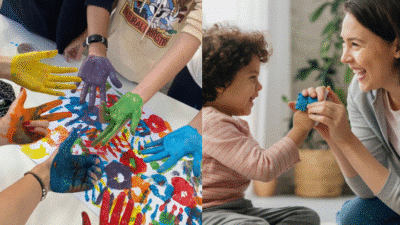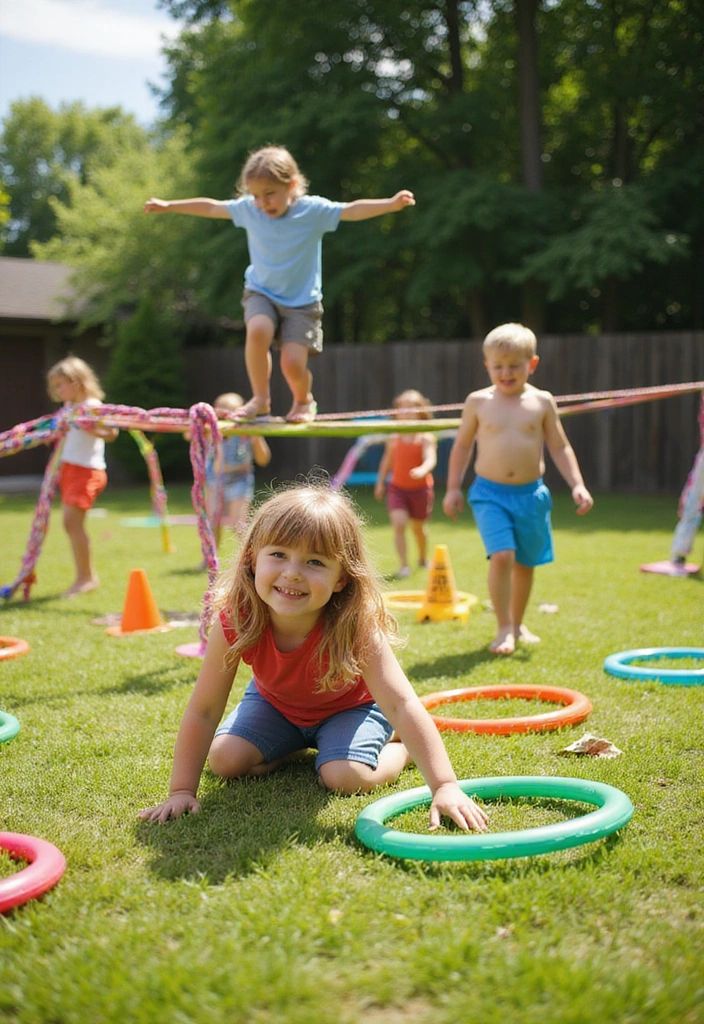
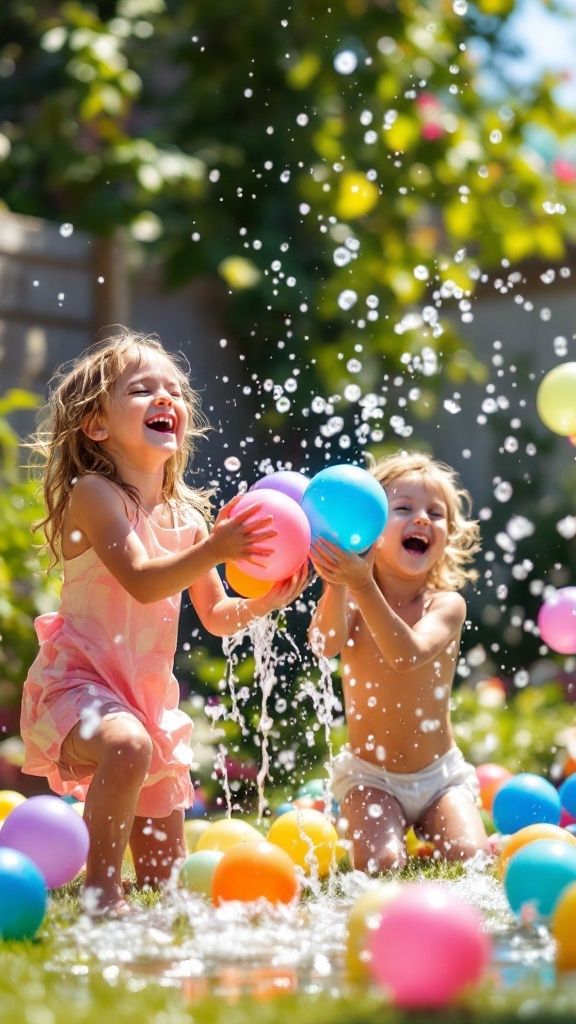
Outdoor games for kids are a great way to keep children active and entertained. These games encourage physical movement, teamwork, and creativity while letting kids enjoy fresh air and sunshine. Outdoor games help children develop important skills like coordination, social interaction, and problem-solving.
There are many types of outdoor games that suit different interests and group sizes. From simple tag and hide-and-seek to team sports and water-based games, kids can find fun activities that match their energy levels and abilities.
Parents and caregivers benefit from knowing which games are safe and age-appropriate. Choosing the right games can make outdoor play both enjoyable and secure for children.
Key Takeaways
- Outdoor games support physical activity and social skills.
- Different games fit different group sizes and energy levels.
- Safety and age-appropriateness are important during play.
Classic Outdoor Games
These games have been popular for many years. Each encourages physical activity, teamwork, and simple rules that make them easy to learn.
Tag Variations
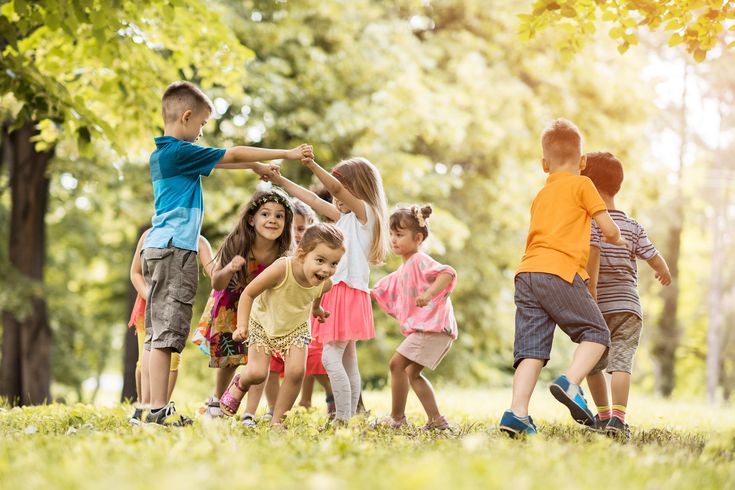
Tag is a chasing game where one player is “it” and tries to touch others. When tagged, a person becomes “it.” Variations include Freeze Tag, where tagged players must stop moving until freed by others. Another type is Shadow Tag, where players try to step on each other’s shadows instead of touching the body.
Tag games often involve running, quick decisions, and awareness of surroundings. They can be played with many children in an open space. Tag is also flexible with rules to fit different ages and group sizes.
Hide and Seek
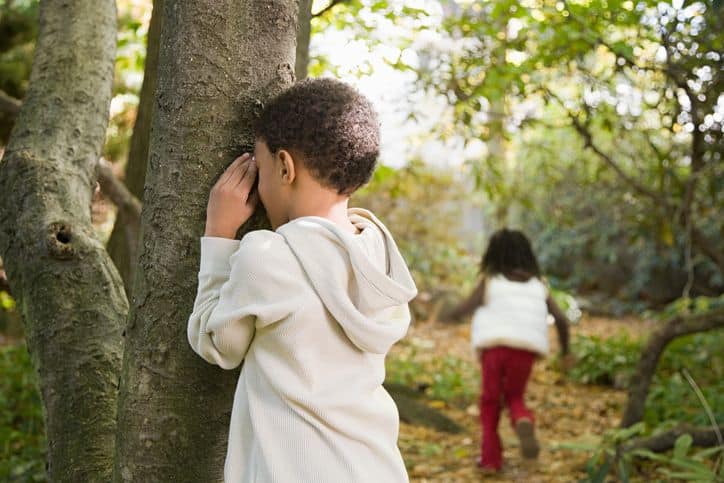
In Hide and Seek, one player closes their eyes and counts while the others hide. After counting, the seeker must find all hidden players. The first person found becomes the next seeker.
This game promotes observation skills and quiet movement. Hiding spots should be safe and easy to reach. The seeker needs patience and sharp eyes to spot players. The game can be played indoors or outdoors but works best in areas with many hiding places.
Hopscotch

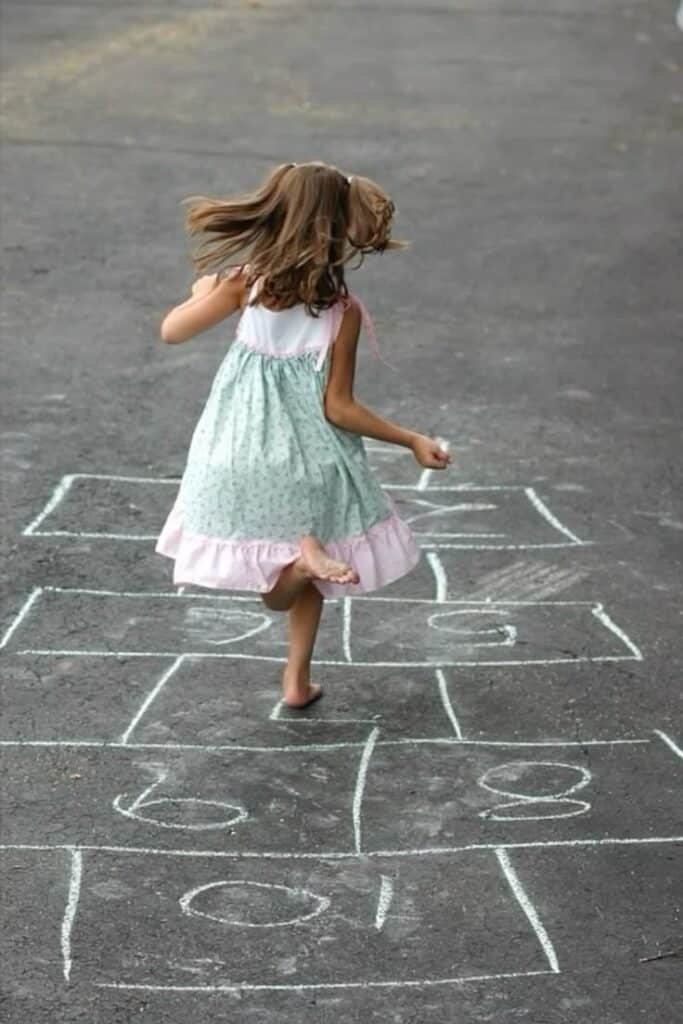
Hopscotch involves drawing numbered squares on the ground and hopping through them in a set order. Players toss a small object into a square, then hop over it while following the pattern.
The game helps improve balance, coordination, and number recognition. The pattern is usually drawn with chalk on pavement. Children take turns and must complete the course without stepping outside the lines or losing balance.
Capture the Flag
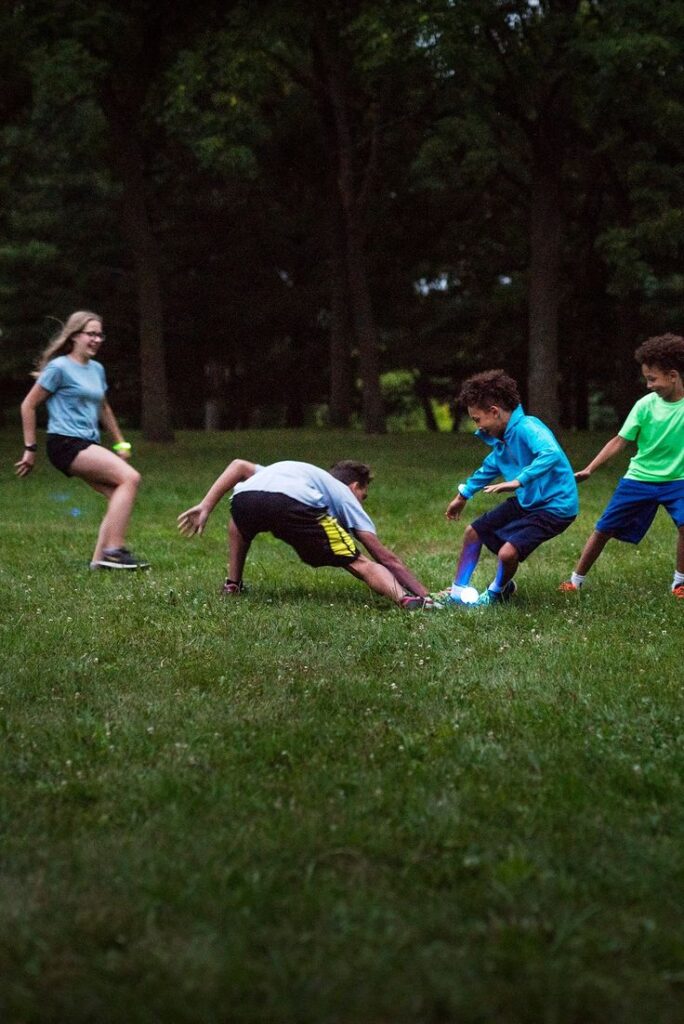
In Capture the Flag, two teams each have a flag placed in their territory. Players try to capture the other team’s flag and bring it back to their side without being tagged.
It requires teamwork, strategy, and speed. Teams must defend their flag and try to find openings to steal the opponent’s flag. Boundaries are set before the game starts to keep play fair. Players tagged while on enemy territory usually face penalties like waiting or returning to their side.
Active Team-Based Games
These games help kids build teamwork and improve their physical skills. They all require quick thinking, coordination, and communication between players. Each game offers a different way to stay active and work with others.
Dodgeball
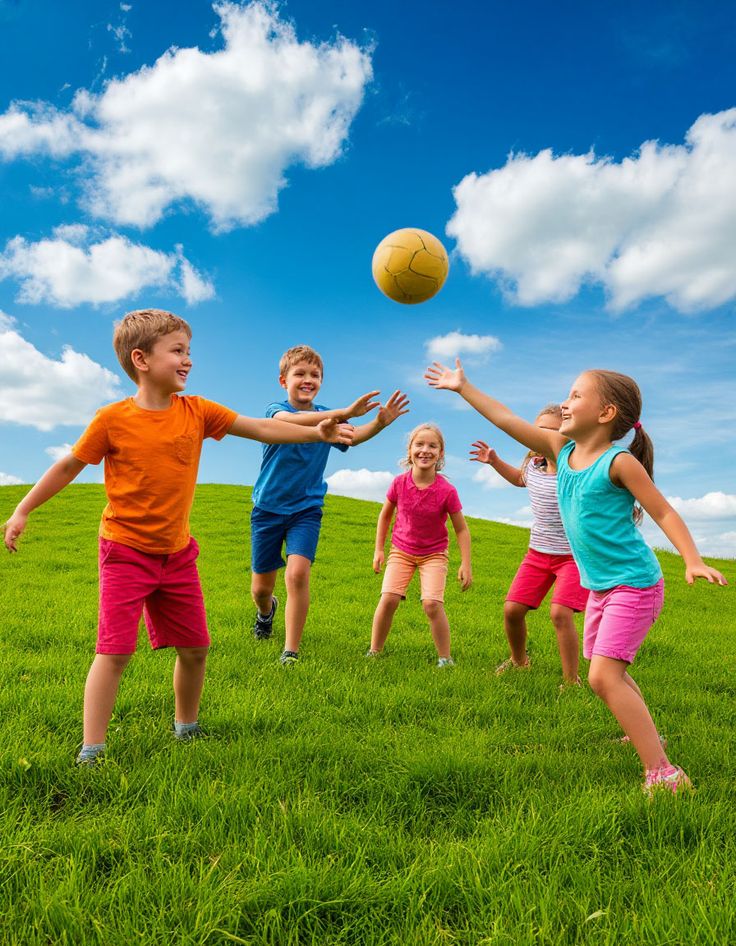
Dodgeball is a fast-paced game where players try to hit opponents with soft balls while avoiding being hit themselves. It usually requires a large, open space and soft rubber or foam balls to keep the game safe.
Players divide into two teams on opposite sides of a marked area. Each team tries to throw balls to tag out players on the other side. When hit, players sit out until the next round or until a teammate catches a ball.
The game boosts agility, throwing accuracy, and quick reflexes. It encourages players to watch their opponents and work with teammates to target players strategically.
Relay Races
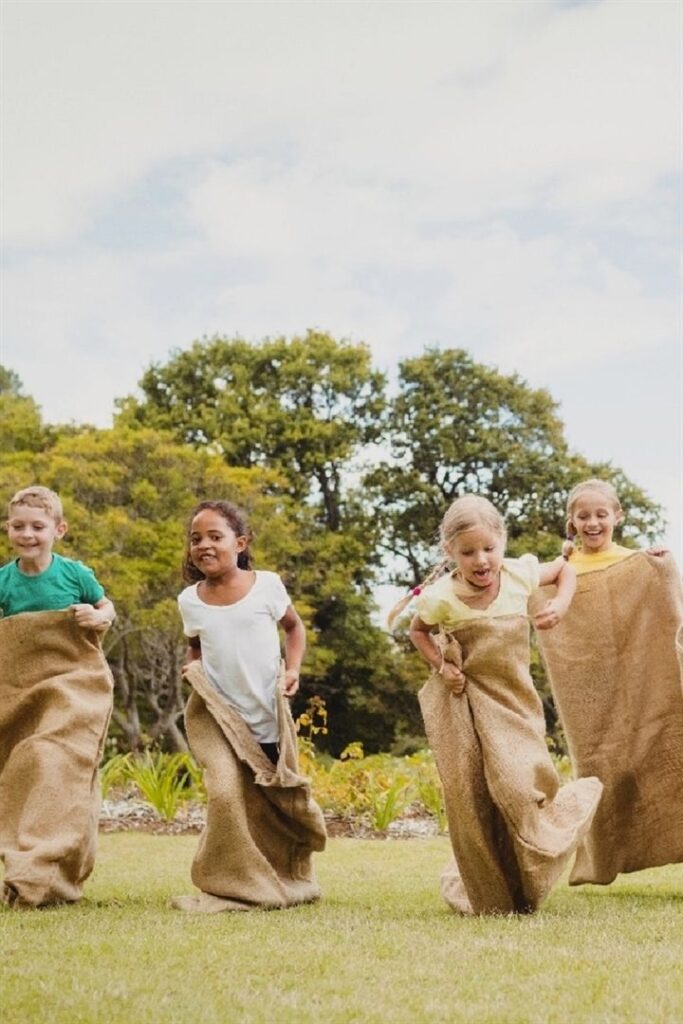
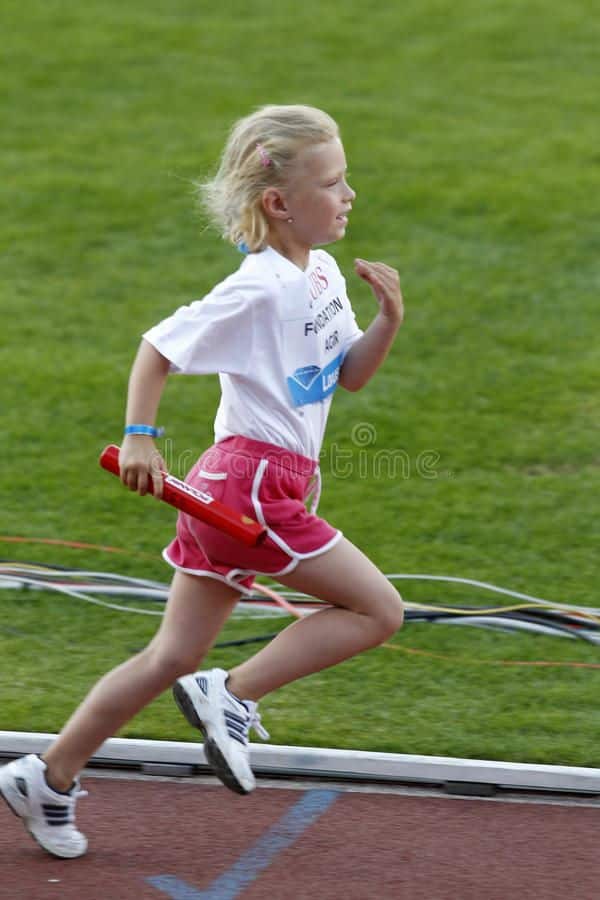
Relay races focus on speed, teamwork, and passing skills. Kids line up in teams and race in turns, passing a baton or simply tagging the next player.
Courses can vary, involving running, hopping, or even balancing an object. It is easy to customize for different age groups by changing the distance or adding obstacles.
This game teaches kids to work together and encourages them to stay focused until their teammate finishes. It builds endurance and speed in a fun, competitive way.
Kickball
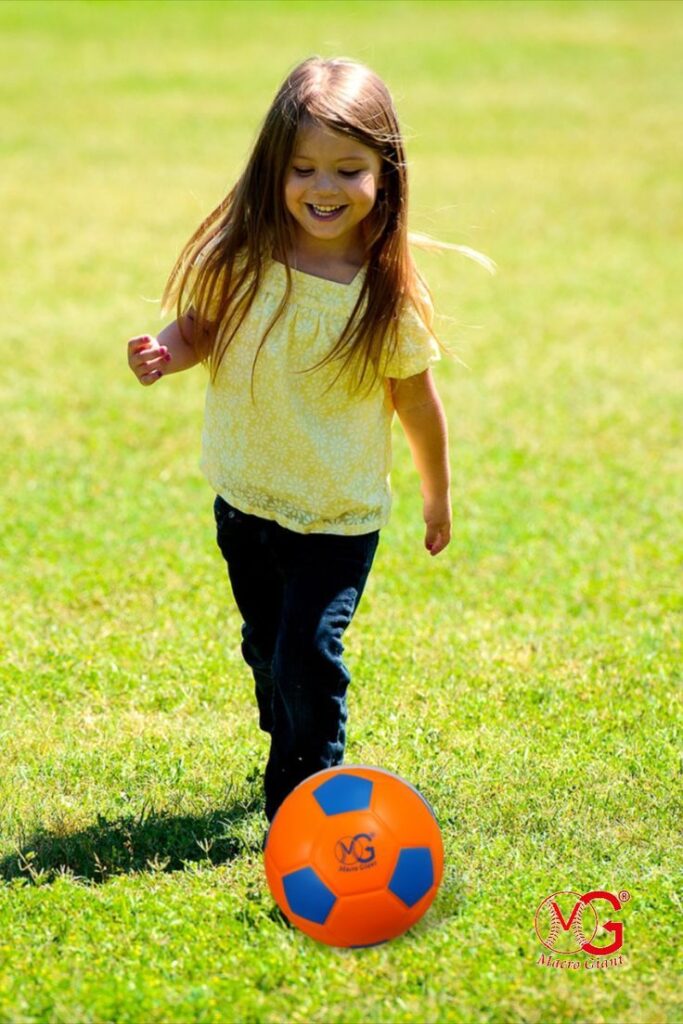
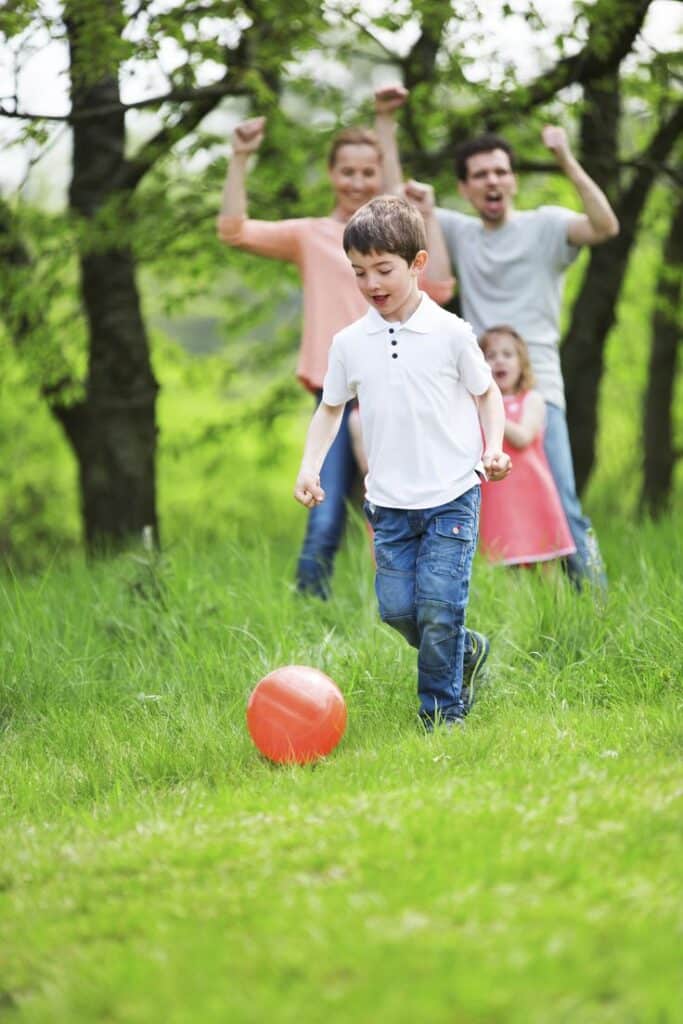
Kickball is a mix of baseball and soccer, played by kicking a rubber ball and running around bases to score points. Kids are split into two teams: one kicks while the other fields.
The kicker tries to hit the ball and then runs to as many bases as possible before the fielding team retrieves the ball. The fielders try to get runners out by catching the ball or tagging bases.
This game helps kids improve running and kicking skills. It also encourages strategic thinking about when to run or stay. It can be played in parks, backyards, or playgrounds.
Creative Playground Activities
These activities help kids use their bodies and minds while having fun outside. They encourage teamwork, problem-solving, and exploring the environment in new ways.
Obstacle Courses
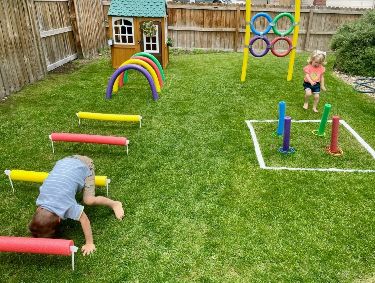
Obstacle courses are a great way to challenge kids physically. They can include running, jumping, crawling, and balancing tasks. Using cones, ropes, tires, or benches can help create a course.
Parents or teachers can design simple routes or more complicated paths depending on the children’s age. Timed challenges make obstacle courses more exciting and encourage kids to improve their speed and coordination.
Obstacle courses also promote safety by teaching kids to move carefully and watch their surroundings. They can be adjusted for indoors or outdoors easily.
Scavenger Hunts
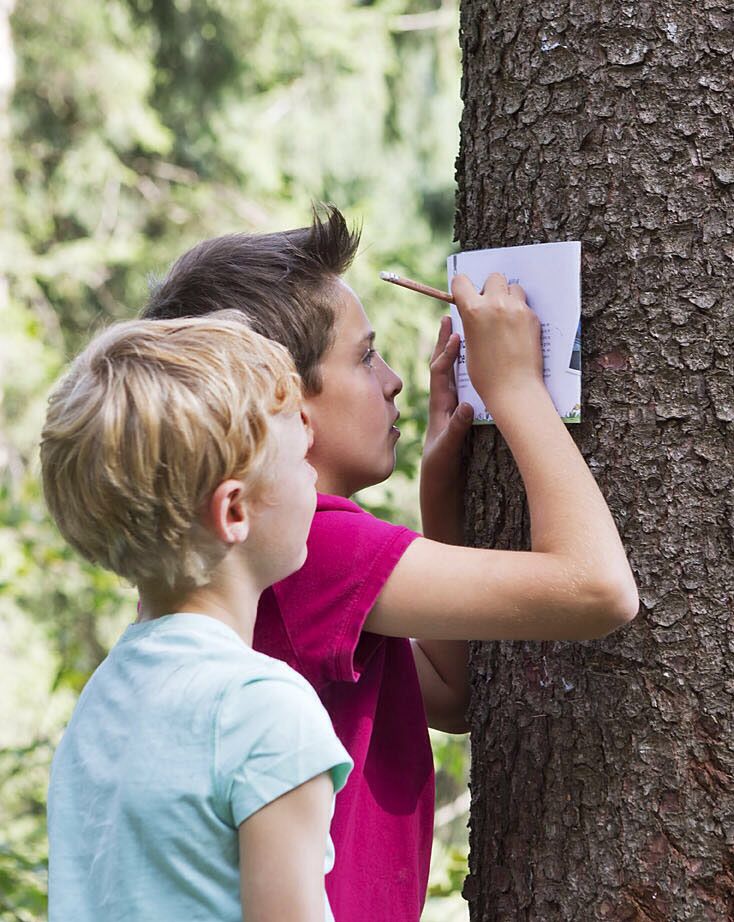
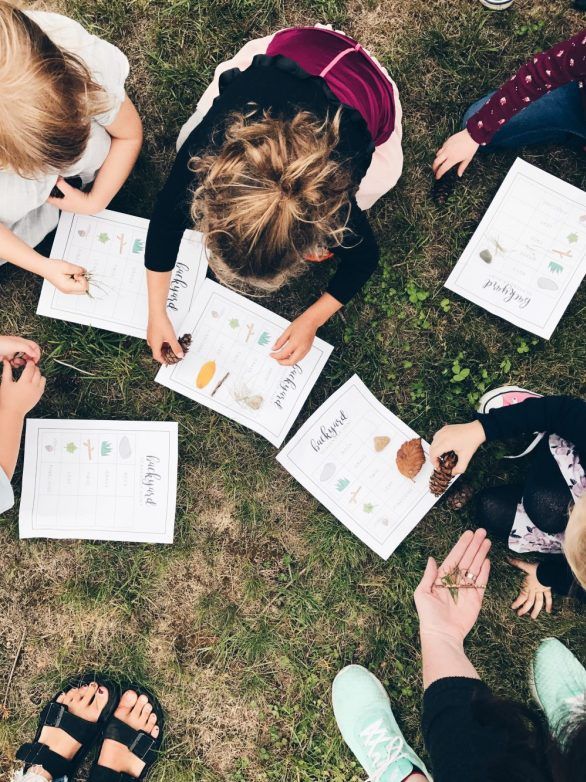
Scavenger hunts motivate kids to explore while completing specific tasks. A list of objects or clues is given, and children race or work in teams to find everything.
Lists can be themed, such as finding leaves, rocks, or colors, to fit the season or location. This activity helps kids notice details and improves problem-solving skills.
Adults can make scavenger hunts competitive or cooperative. They are flexible and can last from 10 minutes to an hour.
Nature Exploration Games
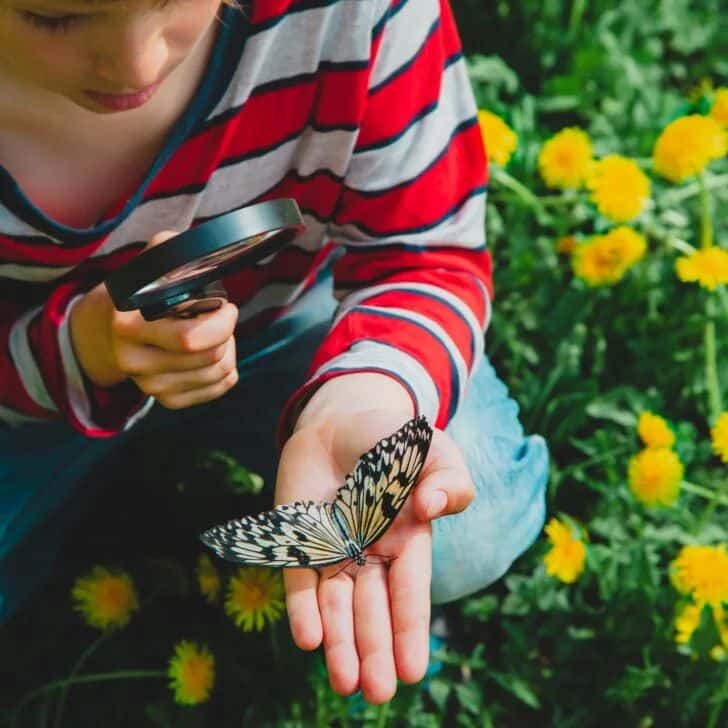
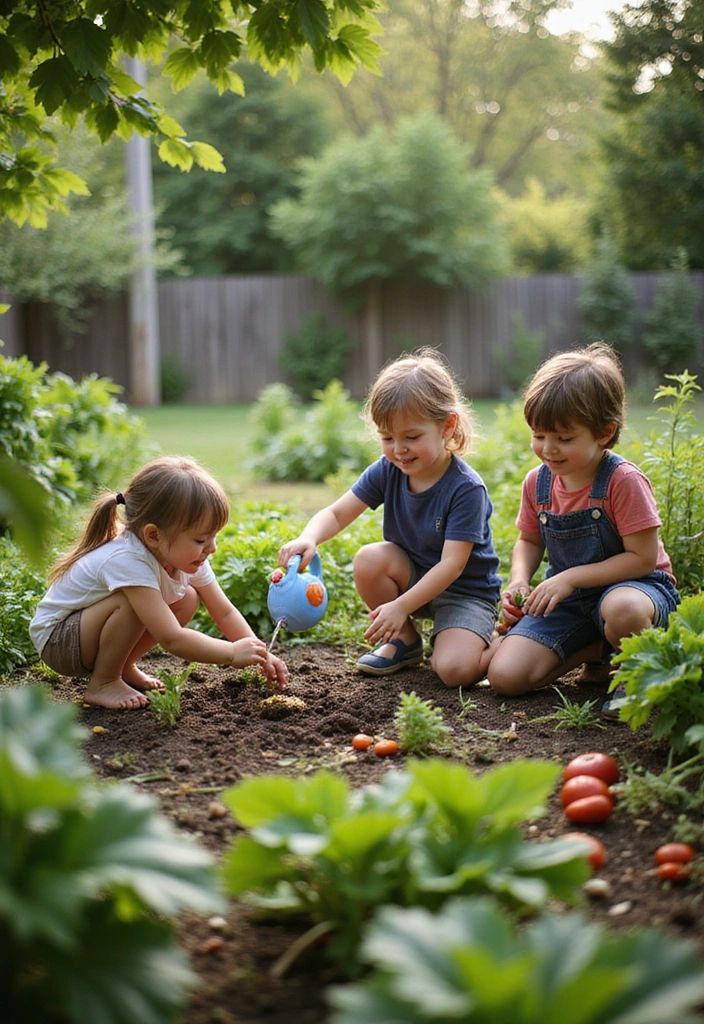
Nature exploration games turn outdoor areas into classrooms. Kids learn about plants, insects, and animals through play and observation.
Common games include bug catching, leaf matching, or tree identification bingo. These games encourage curiosity and respect for nature.
Using simple tools like magnifying glasses or notebooks enhances the experience. These activities can be repeated often, offering new lessons each time.
Sports-Inspired Outdoor Games
These games help kids develop coordination, teamwork, and basic sports skills while having fun outside. They require minimal equipment and can be played in small spaces like backyards or driveways.
Backyard Soccer
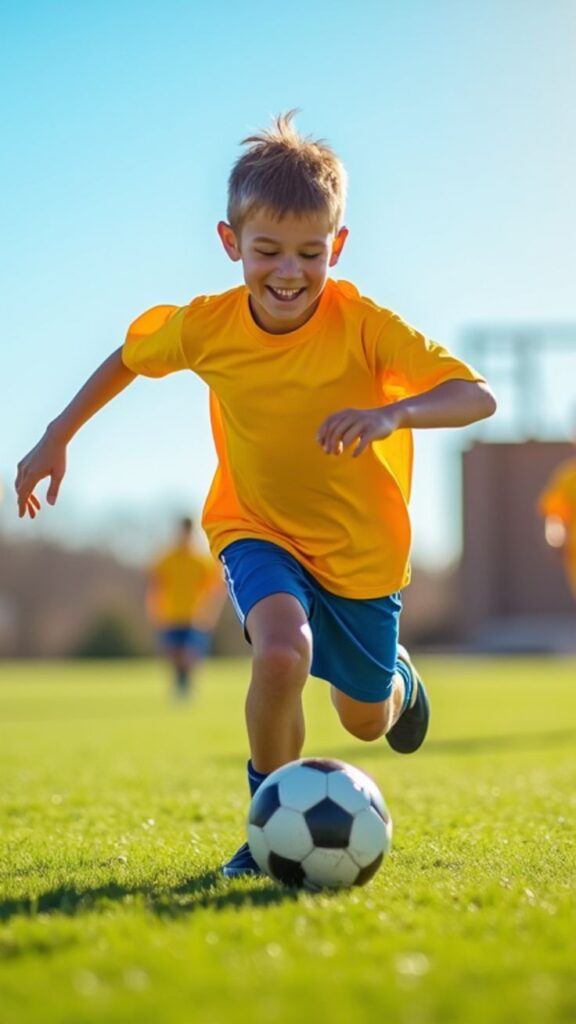
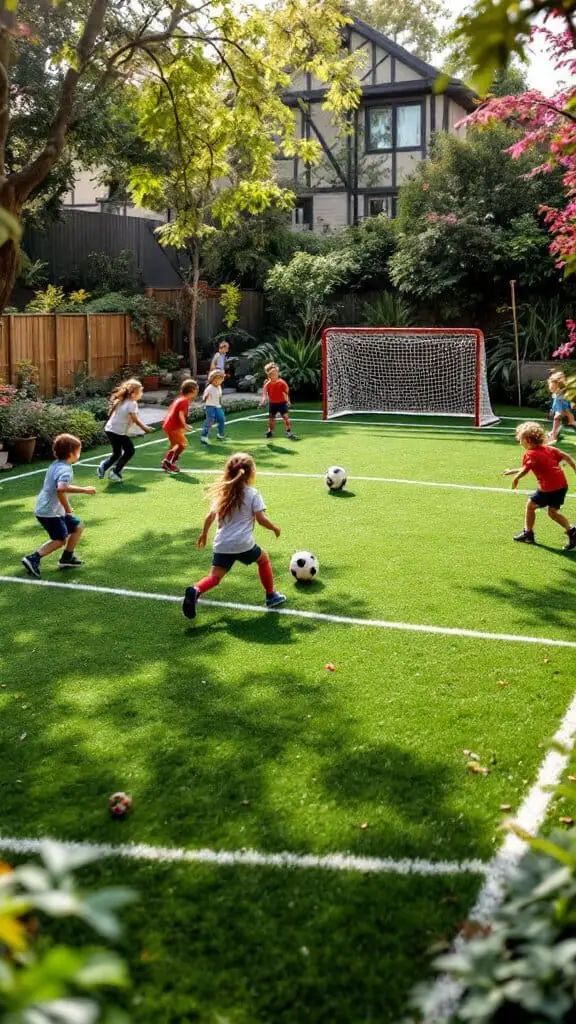
Backyard soccer lets kids practice kicking, passing, and running. A small, soft ball and two makeshift goals made from cones or sticks work well. The game teaches control and aiming without needing a full field.
Players learn to communicate and stay active while honing their footwork. It can be played with as few as two kids or in larger groups. Keeping the game casual keeps it fun and safe.
Mini Basketball
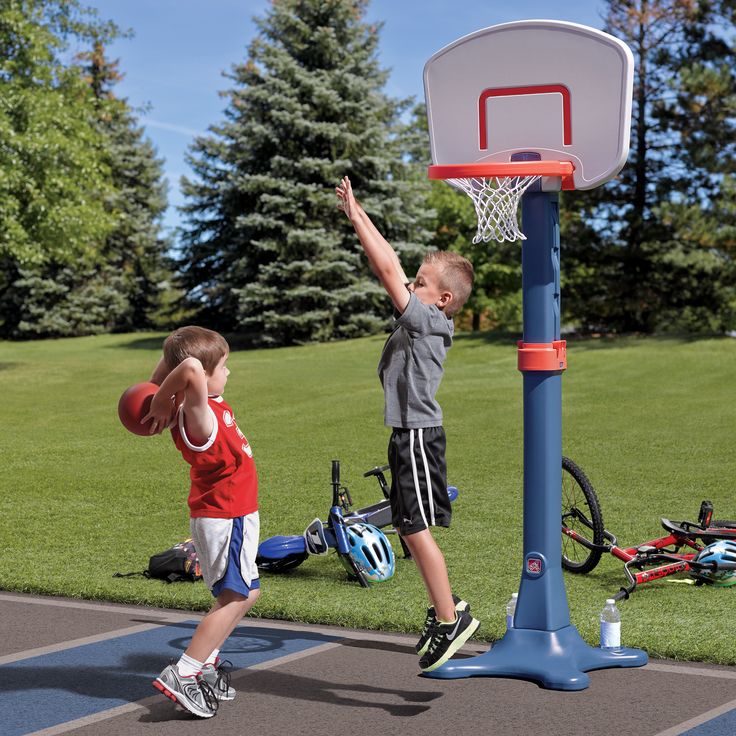
Mini basketball uses a lower hoop and a smaller ball sized for children’s hands. This setup helps develop shooting accuracy and dribbling skills at an early age.
The game encourages hand-eye coordination and quick thinking. It can be played alone for practice or with friends in simple shooting contests or short games.
T-Ball
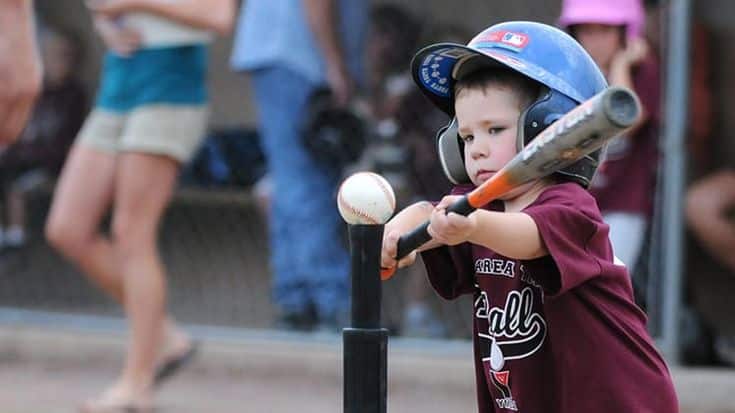
T-Ball is designed for young players to learn batting without the difficulty of pitching. The ball is placed on a tee, making it easier to hit.
This game teaches batting stance, swinging, and basic fielding skills. Teams are small, and rules are simple, focusing on participation and fun while building confidence in sports abilities.
Water-Based Outdoor Games
Water games help kids cool off and have fun in the sun. They often involve teamwork, quick reflexes, and simple rules that children can follow easily.
Water Balloon Toss


Water Balloon Toss is a game where players throw a water balloon back and forth without breaking it. Players start close and take a step back after each successful catch, making the game harder.
Here’s how to play:
- Pair up the kids.
- Give each pair one water balloon.
- Players toss the balloon to each other.
- If the balloon breaks, that team is out.
- The last team with an unbroken balloon wins.
This game encourages careful throwing and hand-eye coordination. It also brings excitement as the balloon gets bigger and thinner between throws.
Sprinkler Tag
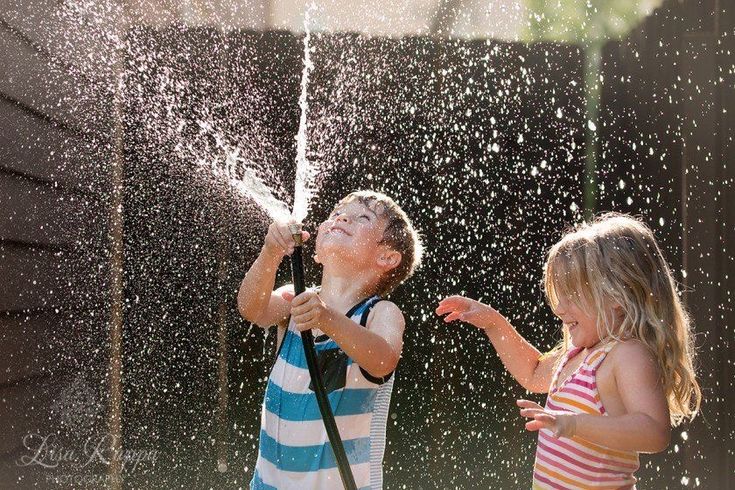
Sprinkler Tag mixes running and water play. A running game combined with a garden sprinkler makes it both a chase and a water game.
Rules for Sprinkler Tag:
- One player is “it.”
- “It” tries to tag other players.
- Tagged players become “it.”
- The sprinkler keeps running, and players can run through the water to cool off.
The sprinkler makes it harder to run fast and gives kids moments to catch their breath. This game is good for groups and helps burn off energy outdoors.
Outdoor Games for Small Groups
Small group outdoor games focus on simple rules and easy setup. They encourage listening, quick reactions, and fun movement. These games work well with 4 to 8 kids.
Simon Says
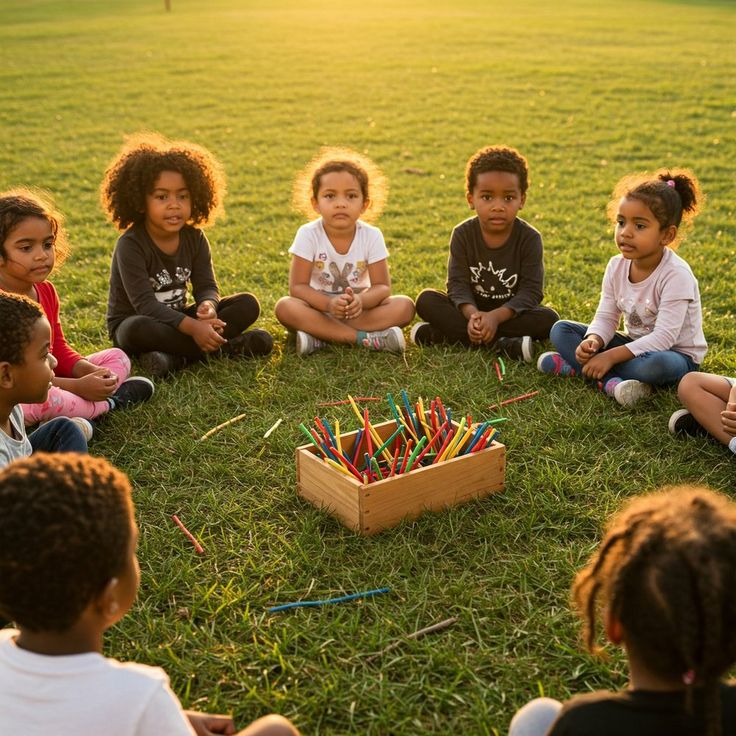
Simon Says is a listening game where one person, “Simon,” gives commands. The other players only follow the commands if they start with “Simon says.” For example, if Simon says, “Simon says touch your nose,” players must touch their nose. If Simon just says, “Touch your nose,” players who follow must sit out.
The goal is to catch players who follow commands without “Simon says.” It improves attention and teaches kids to listen carefully. The game ends when one player remains or after a set time.
Red Light, Green Light
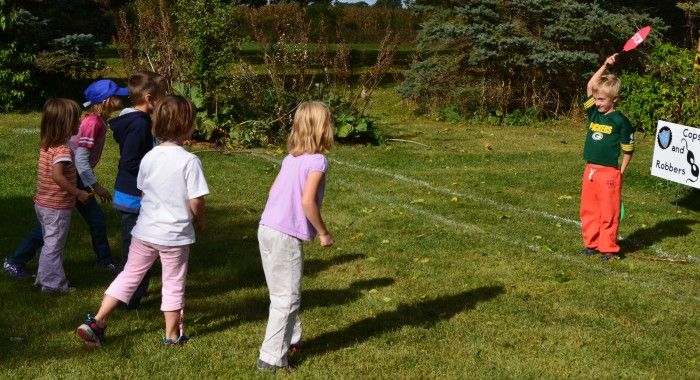
In Red Light, Green Light, one player is the “traffic light” and stands away from the rest. When the traffic light says “green light,” players move toward them. When they say “red light,” players must stop immediately.
If the traffic light sees someone moving on “red light,” that player goes back to the start. The first player to reach the traffic light wins and becomes the new traffic light.
This game helps kids practice control, self-discipline, and speed. It needs just a flat, open space.
Outdoor Games for Large Groups
Large group games need to keep many kids active and engaged. They should be easy to understand and allow everyone to participate. These games can help improve teamwork, listening skills, and physical activity.
Sharks and Minnows
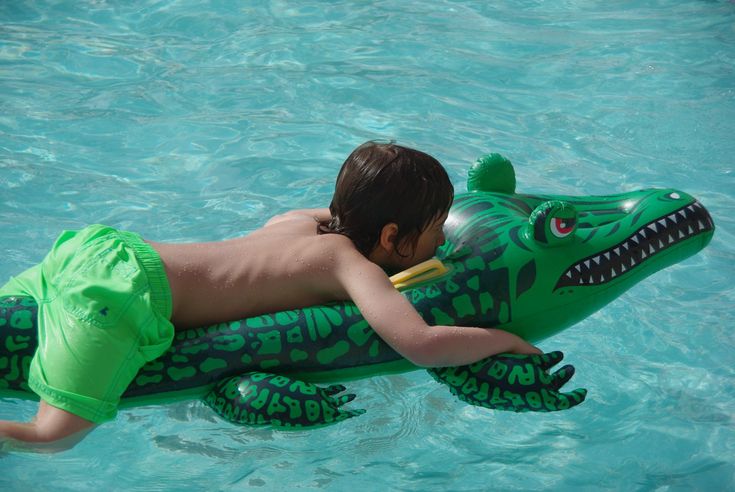
Sharks and Minnows is a tag game that works well for big groups. One player is the “shark,” and the rest are “minnows.” Minnows try to run from one side of the play area to the other without being tagged by the shark.
Tagged minnows become sharks for the next round. The game continues until only one minnow is left untagged. It encourages quick thinking and speedy running. It also requires a safe, open space with clear boundaries.
Parachute Games
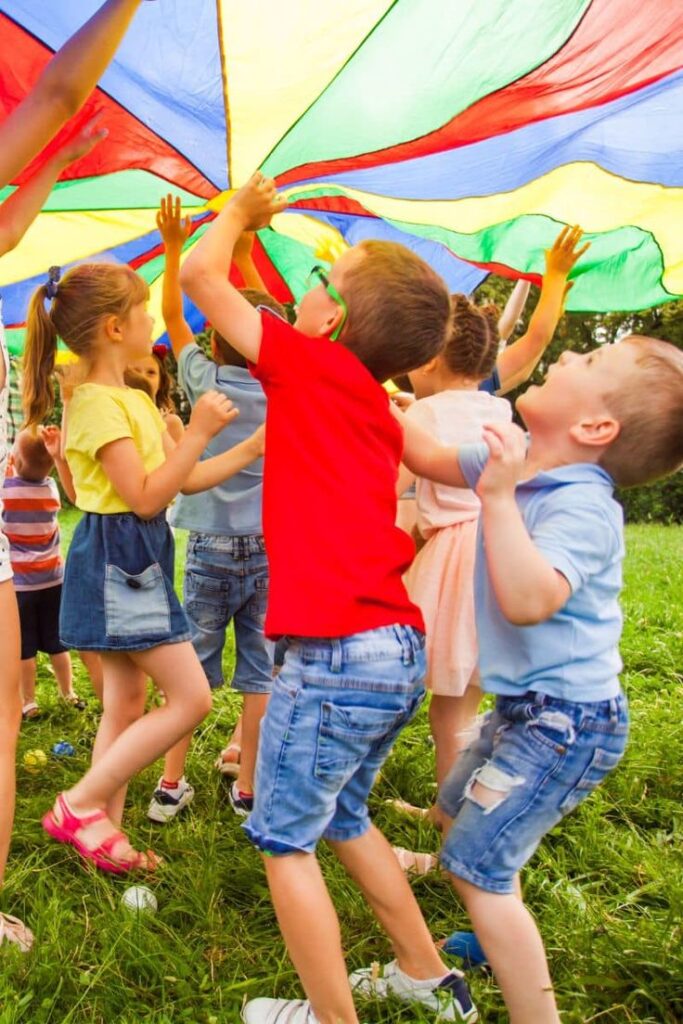
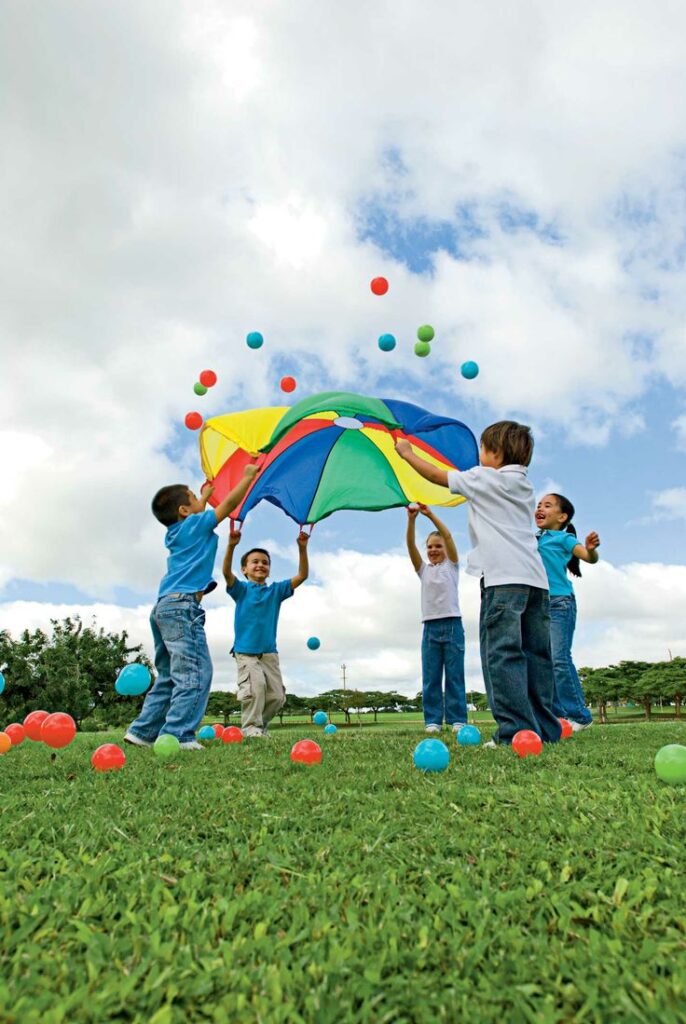
Parachute games involve a large, colorful parachute and many players holding its edges. Players lift and move the parachute together to create waves or bounce balls on the surface.
Common activities include making a “mushroom” by lifting the parachute high and quickly snapping it down. This game improves cooperation and rhythm while making sure every child plays a role.
Parachutes come in different sizes, so groups can match one to fit the number of players. It’s best played on grass or soft ground for safety.
Games for Different Age Groups
Outdoor games can be chosen based on children’s abilities and interests. Some games focus on simple movements and sensory play. Others ask for more coordination, rules, and teamwork.
Outdoor Games for Toddlers
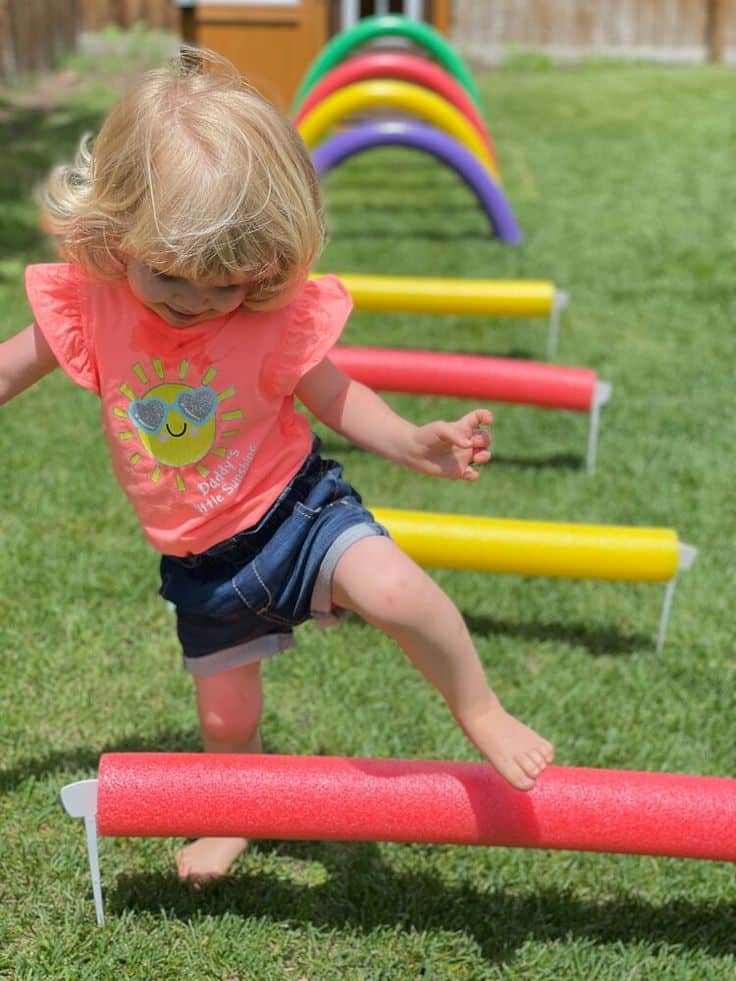
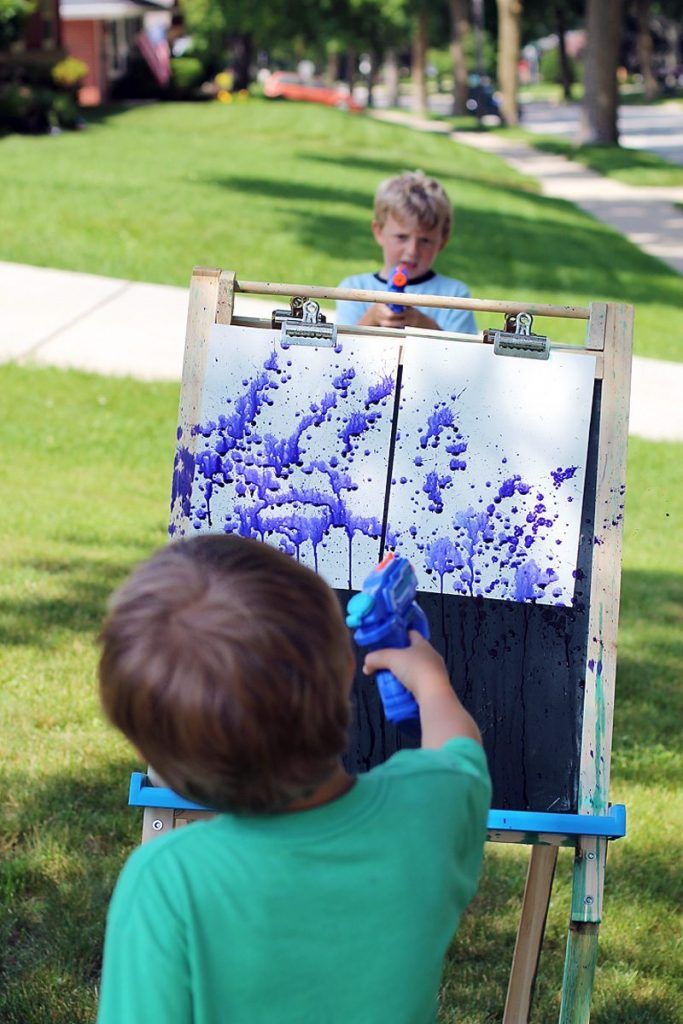
Toddlers enjoy games that help them explore and develop basic skills. Activities like bubble chasing and simple ball toss are great. These games encourage movement and hand-eye coordination.
Obstacle courses made from pillows or soft objects let toddlers practice balance safely. Toddlers also like games with music or rhythm, such as “Ring Around the Rosie.”
Games should be short and easy to follow. Adults often need to join in to guide and keep toddlers safe.
Outdoor Games for School-Aged Kids
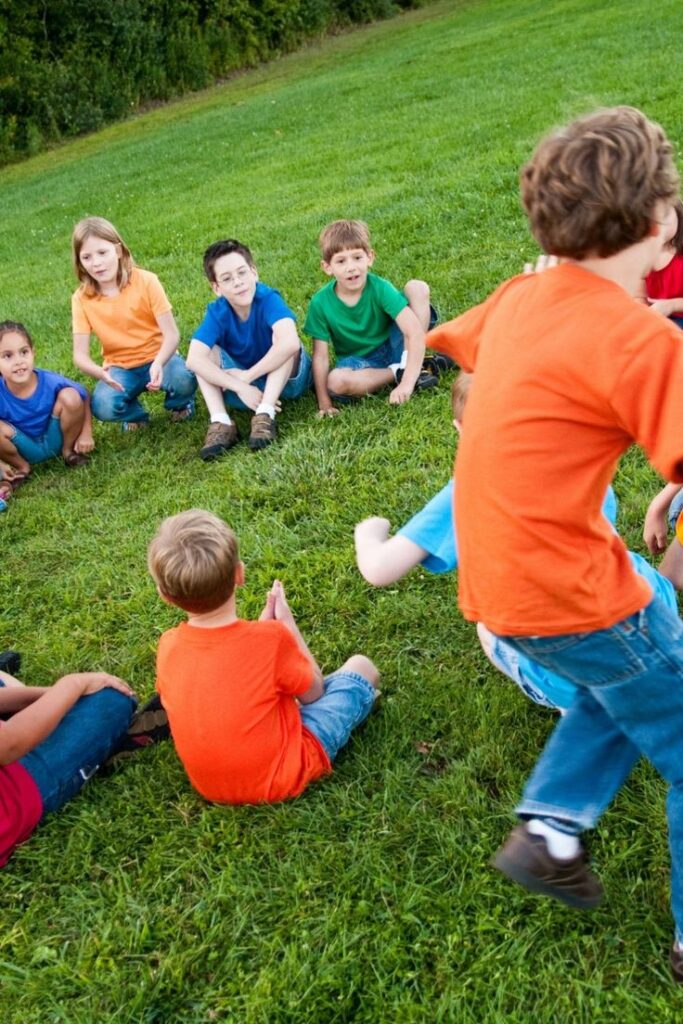
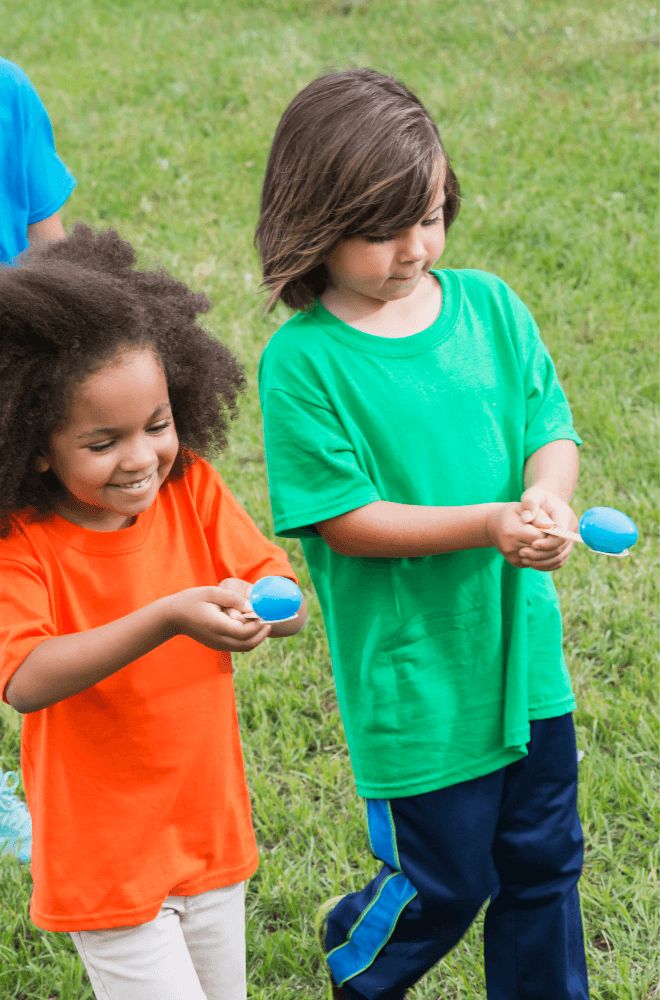
School-aged kids can play games with clearer rules and teamwork. Classic games like tag, hide and seek, and jump rope help with agility and social skills. Group games that involve running or catching are popular.
Games like kickball or simple relay races teach rules and cooperation. Skills like strategy and fair play become important. These kids enjoy a mix of physical and thinking challenges.
Games should last longer and include more players. Safety remains important, but the focus shifts to fun and skill-building.
Outdoor Games for Preteens
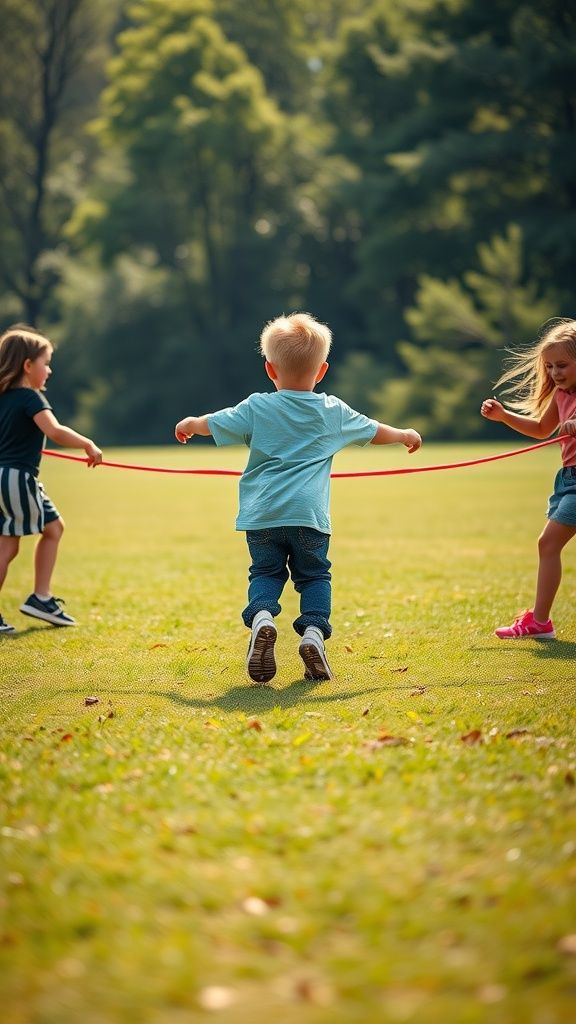
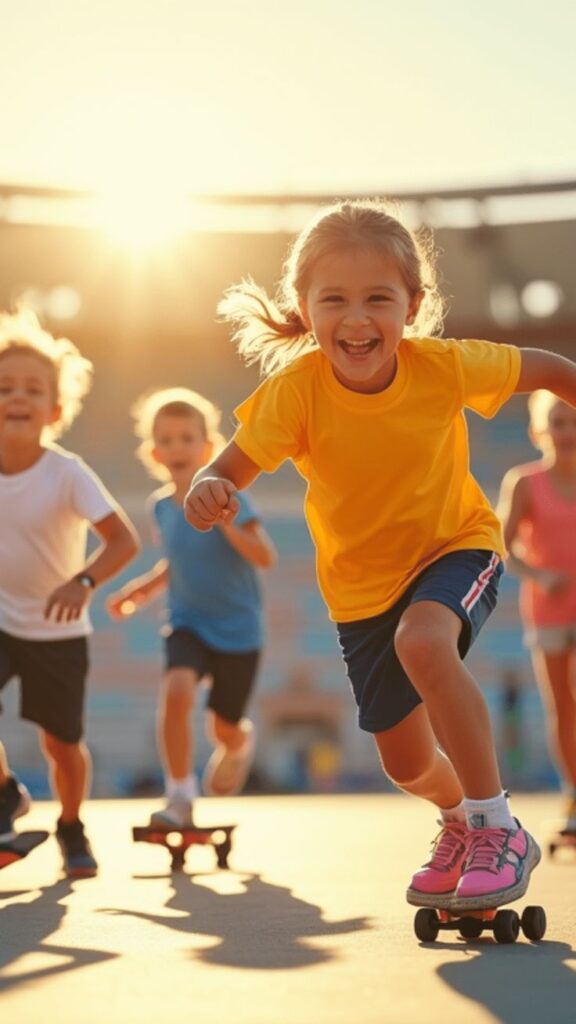
Preteens want more challenging games that involve strategy and skill. Sports like soccer, basketball, and frisbee offer competition and teamwork. These games require focus, endurance, and good coordination.
They also enjoy games like capture the flag or tag variations that need planning and quick thinking. Preteens are able to follow complex rules and play in larger groups.
Games can be more intense and longer. Players benefit from learning leadership, communication, and fair play during these activities.
Safety Tips and Supervision for Outdoor Play
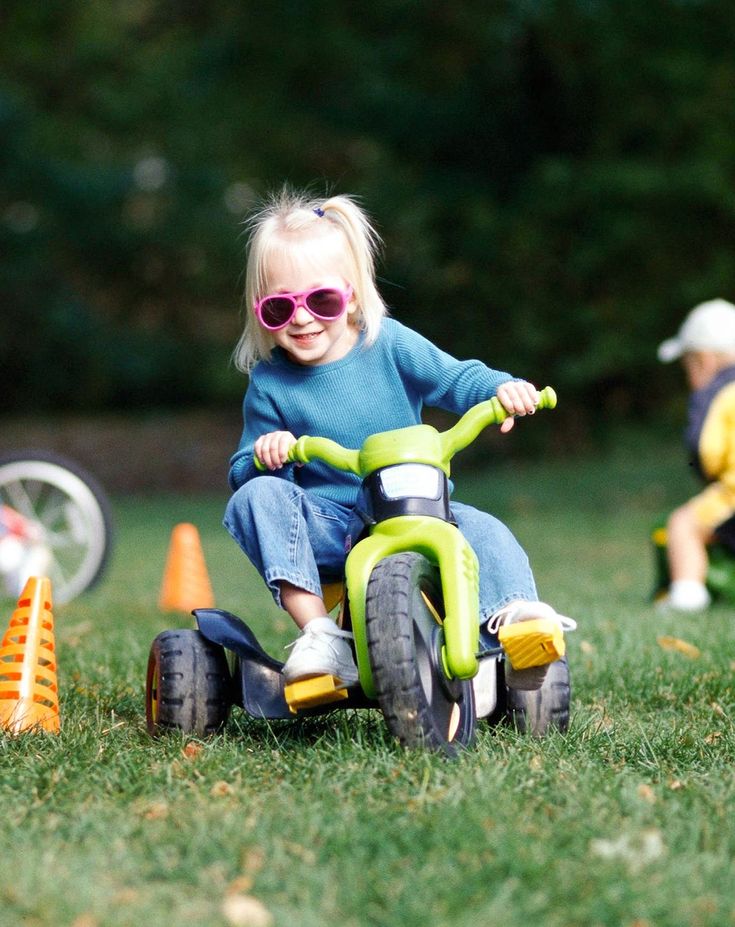
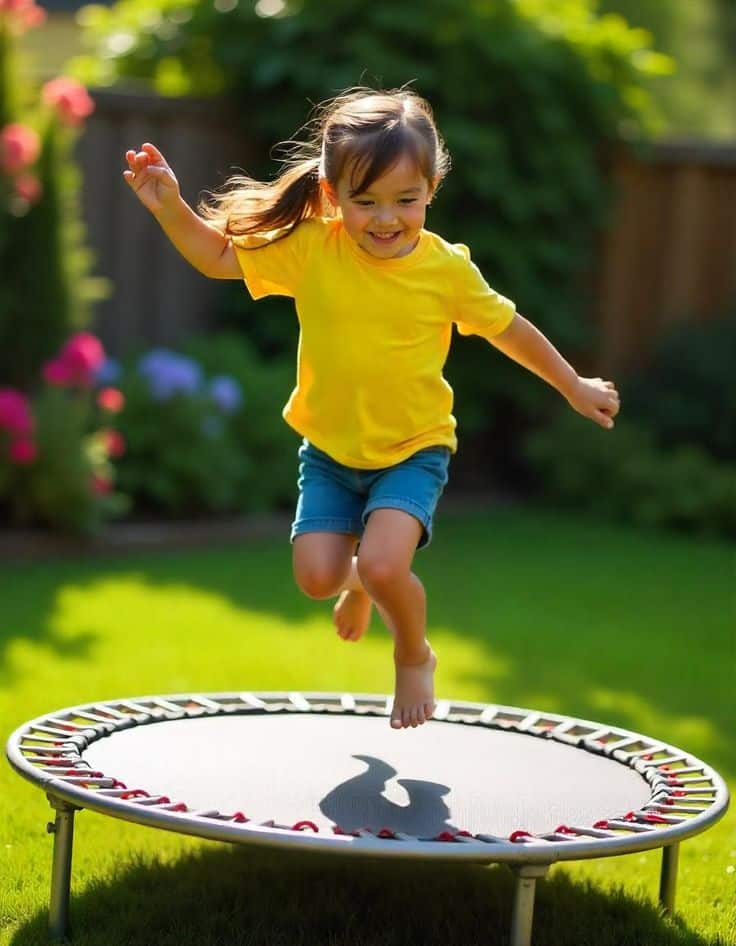
Children need proper supervision when playing outside to stay safe. Adults should watch them closely, especially in busy or unfamiliar areas.
It is important to set clear rules before play starts. For example, children should know not to run near streets or stray far from the group.
Wearing the right clothing helps prevent injuries. This includes closed-toe shoes, hats for sun protection, and weather-appropriate clothes.
Use sunscreen to protect skin from sunburn. Reapply it every two hours, or more often if children are sweating or swimming.
Keep a first aid kit nearby. Adults should know basic first aid for cuts, scrapes, and insect bites.
Children should play in areas that are safe and free of hazards like broken glass or sharp objects. Play spaces should be checked regularly.
If using sports equipment, check that it is in good condition. Helmets and padding should be used for activities like biking or skateboarding.
Adults should also ensure that children drink enough water to avoid dehydration. Play breaks are important for rest and hydration.
| Safety Tips List | Description |
|---|---|
| Supervise Closely | Always watch children while they play. |
| Set Clear Rules | Teach about boundaries and behavior. |
| Wear Proper Gear | Shoes, hats, and sun protection. |
| Use Sunscreen | Apply regularly during outdoor play. |
| Check Play Area | Remove hazards before playing. |
| Keep First Aid Ready | Have supplies and knowledge handy. |
Benefits of Outdoor Games for Kids
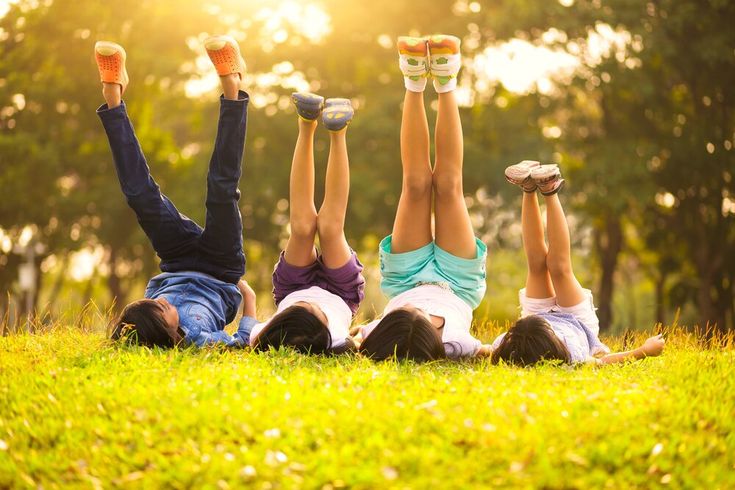
Outdoor games help kids stay active, which supports healthy growth. Moving around improves their strength, balance, and coordination.
Playing outside also boosts mental health. Fresh air and sunlight can reduce stress and improve mood.
Outdoor activities teach social skills. Kids learn to share, take turns, and work as a team.
Key benefits include:
- Physical health improvement
- Better social interaction
- Increased creativity
- Exposure to nature
Outdoor play encourages problem-solving and decision-making. Kids face new challenges that make them think and adapt.
It also reduces screen time, helping prevent eye strain and sedentary habits.
Parents and teachers often notice that kids who play outside sleep better and have more energy during the day.
Outdoor games create chances for fun learning and building friendships.
These benefits make outdoor games an important part of a child’s everyday routine.
- 282shares
- Facebook0
- Pinterest282
- Twitter0

